Galaxies & Large Scale Structure
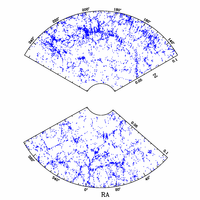 We study the clustering of galaxies on all scales as a probe of cosmology and galaxy formation physics. A key part of this research program is to understand the detailed relation between the galaxy and dark matter spatial and velocity distributions. On the observational
We study the clustering of galaxies on all scales as a probe of cosmology and galaxy formation physics. A key part of this research program is to understand the detailed relation between the galaxy and dark matter spatial and velocity distributions. On the observational
front, we use data from large galaxy surveys such as the Sloan Digital Sky Survey (SDSS I, II, & III) and we measure galaxy clustering statistics as a function of various galaxy properties (luminosity, color, morphology, etc.). On the theoretical front, we run and analyze large cosmological N-body simulations that that follow the evolution of dark matter in the universe. An example of this is our LasDamas project. Contact Andreas Berlind for more details.
Black Holes
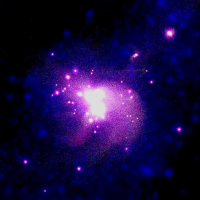 Supermassive black holes (SMBH), more massive than a million suns, are thought to be present at the center of most galaxies. It is still a mystery how the black holes become so massive – is it primarily via mergers that last a fraction of galaxy’s lifetime or via accretion during a quiescent phase? We use high resolution numerical simulations to study the growth of black holes in an environment similar to the Milky Way. Our study will produce the assembly history for black holes with masses ranging from a few hundred to a few million solar masses while reproducing the properties of the Milky Way SMBH.
Supermassive black holes (SMBH), more massive than a million suns, are thought to be present at the center of most galaxies. It is still a mystery how the black holes become so massive – is it primarily via mergers that last a fraction of galaxy’s lifetime or via accretion during a quiescent phase? We use high resolution numerical simulations to study the growth of black holes in an environment similar to the Milky Way. Our study will produce the assembly history for black holes with masses ranging from a few hundred to a few million solar masses while reproducing the properties of the Milky Way SMBH.
When black holes merge, they emit huge amounts of gravitational radiation; and if the merger is not symmetric (say the spins are mis-aligned or the masses are different), these gravitational waves are emitted in a preferred direction. This sends the new black hole careening off with a recoil velocity that can be up to 9 million miles per hour! Such rapidly moving black holes will easily escape low mass systems like globular clusters. Using N-body simulations, we are studying how well globular clusters can retain Intermediate Mass Black Holes against an onslaught of black hole mergers. Contact Kelly Holley-Bockelmann for more details.
Orion Nebula Cluster
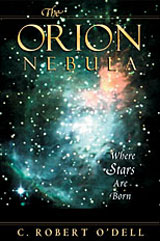
Orion Nebular Cluster (ONC) is a young, and dense star-forming cluster. As it is nearby, it can provide us with clues to how stars form and evolve into the main sequence. Using data from the Hubble Space Telescope and other ground-based telescopes, we have recently studied the proplyd-like features, outflows in the Orion-South region, and knots in the Helix Nebula. The overarching goals of this recent work are to characterize the physical conditions of the environs in which these features are found and to explain how they arise. Contact Bob O’Dell for more details.
Star & Planet Formation
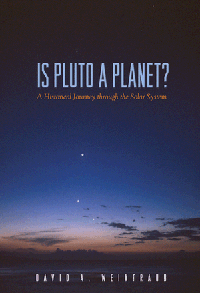
Young stars are shrouded in gas and dust leftover from the collapse of the molecular cloud. To study the formation of stars, we need to study the molecular cloud in the environments of these young stars. Moreover, they will also provide clues about planet formation. We use a wide variety of tools to study these young (< 1 Myr), including X-ray observations and polarization imaging. Contact David Weintraub for more information.
Stellar Structure and Evolution
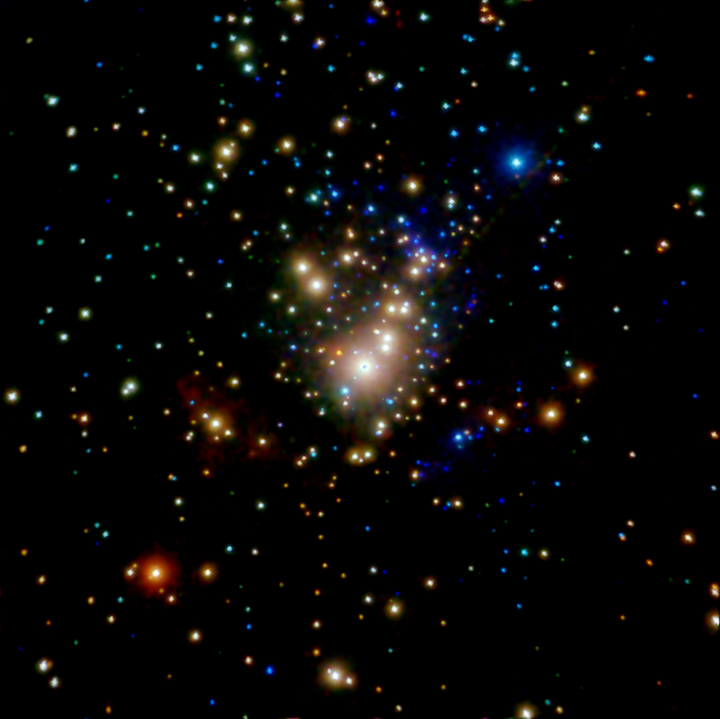
By observing stars in young open clusters and associations we are able to get a picture of early stellar evolution, and using these snapshots, we can assemble a time-line of how stellar structure and atmosphere changes with age. Some individual investigations we are undertaking include: using lithium to probe how the stellar internal structure changes, using the distribution of rotation periods to study how a stellar angular momentum changes with age, looking at the role of circumstellar disks in regulating angular momentum evolution, how do young, x-ray active stars produce such energetic emission, and ascertain the influence of X-ray emission on stellar structure and evolution. Contact Keivan Stassun for details.
Low-mass Binaries

Eclipsing Binaries systems allow for direct measurments of the mass and radius of the component stars. Mass is the most important property of a star, determining the course of its birth, life, and death. Empirical mass measurements are fundemental to the calibration of theoretical models of stellar formation and evolution. With the SMARTS telescopes, we are conducting high cadence observations to identify young, low-mass, and brown dwarf eclipsing binaries. Contact Keivan Stassun for details.
 Low-mass M dwarfs account for ~70% of all stars in the Galaxy; however, due to their intrinsic faintness and the resulting small numbers, their properties are not well studied. With the advent of large scale surveys like the SDSS and 2MASS, large homogenous samples of M dwarfs are available. We have identified 2500+ very wide, low-mass pairs from the SDSS photometry and are using them to study survivability of the widest binary pairs over time and
Low-mass M dwarfs account for ~70% of all stars in the Galaxy; however, due to their intrinsic faintness and the resulting small numbers, their properties are not well studied. With the advent of large scale surveys like the SDSS and 2MASS, large homogenous samples of M dwarfs are available. We have identified 2500+ very wide, low-mass pairs from the SDSS photometry and are using them to study survivability of the widest binary pairs over time and
to fine/calibrate the age — rotation — magnetic activity — metallicity relations for low-mass dwarfs. See the SLoWPoKES website for more information.
Exoplanets
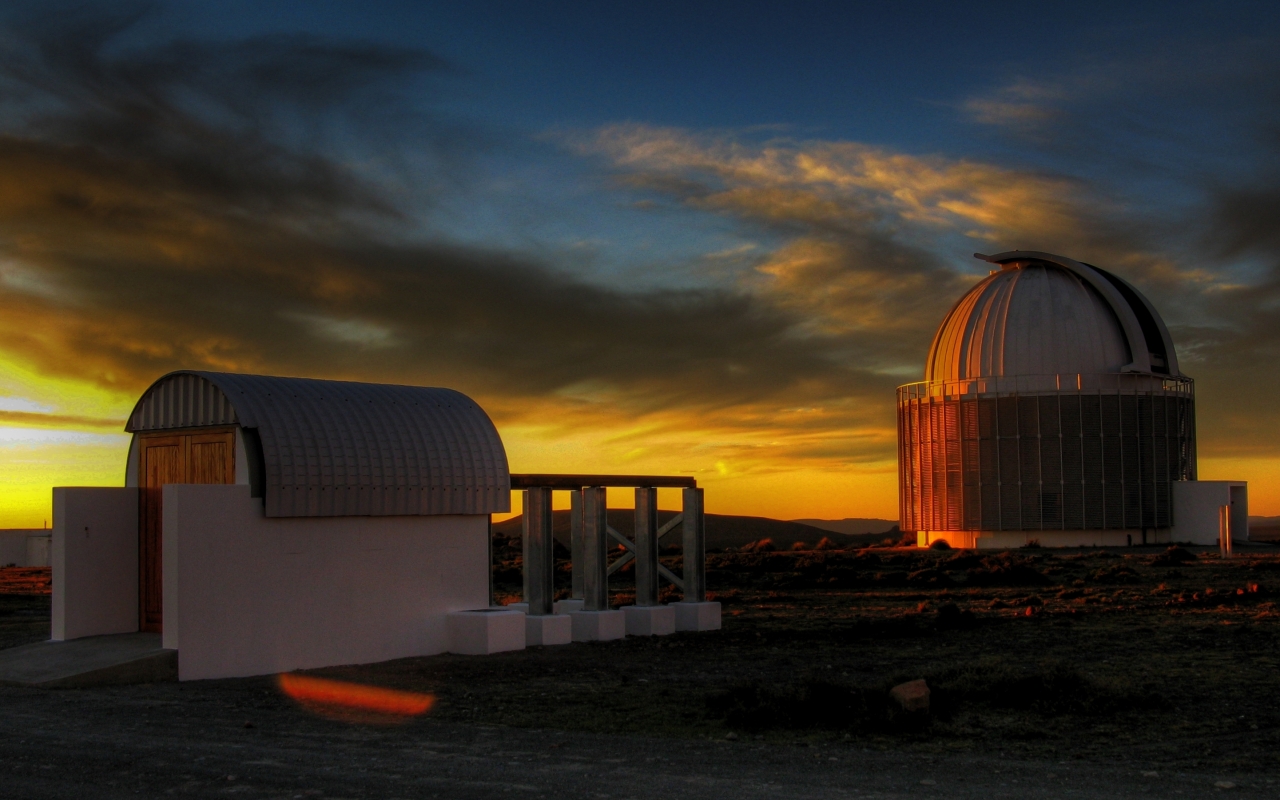
The KELT South project consists of an automated telescope that has been installed at the SAAO observing site in Sutherland, South Africa in 2008. The purpose of the project is to discover transiting extrasolar planets around stars in the brightness range of 8 < V < 10 mag, although the observations should yield a great deal of additional science.
In order to obtain a homogenous census of planets, the Multi-object APO Radial Velocity Exoplanet Large-area Survey (MARVELS) will be monitoring the radial velocities of 12,000 bright stars, with the precision and cadence needed to detect gas giant planets that have orbital periods ranging from several hours to two years. Contact Josh Pepper for more information.
Astro-Informatics
The Vanderbilt Initiative in Data-Intensive Astrophysics (VIDA) was established to be unique in the United States by virtue of its dual focus on scientific questions enabled by the informatics-driven revolution in astrophysics and on becoming the national leader in the training of students of color in physics and astronomy.
